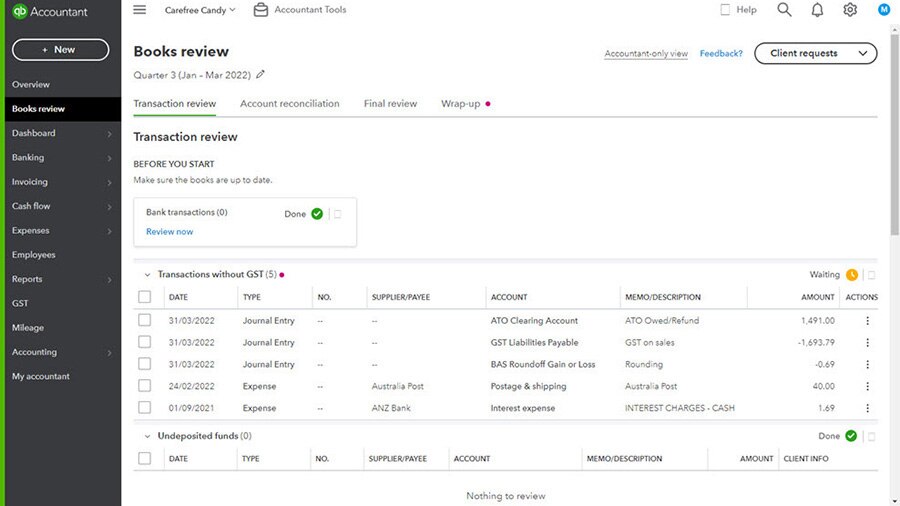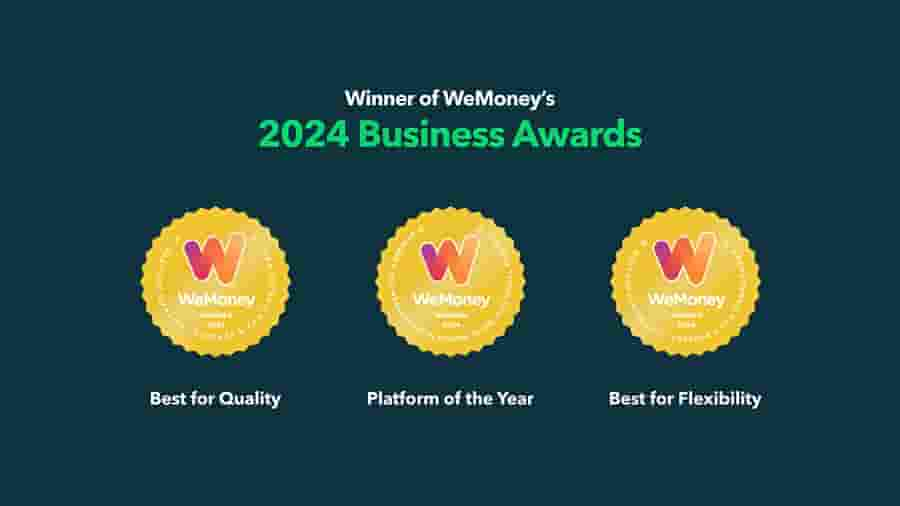If your business runs on an extremely small scale, you may actually be considered a micro-business. This smaller classification of a small business means you operate with a very minimal amount of staff, receipts and business activity. Although the difference in classification may not seem too important, there are a number of things to keep in mind if you do operate a micro-business.

What’s the difference between micro-businesses and small businesses?
Micro-business vs small business
All micro-businesses are small businesses. The only difference is a micro-business is a subset of the small-business community based on the number of employees within the company. While your company can technically be considered a small business even if it has dozens of employees, your business is a micro-business if you employ less than six people. If you are a sole trader, self-employed or have no employees, you operate a micro-business. There are other guidelines that can also define whether your company is micro or small. If your company requires less than $50,000 to start or if your company does not access traditional capital loans, you are running a micro-business.
Challenges of micro-businesses
A micro-business faces additional challenges that other businesses, including larger small businesses, do not face. You will have a harder time hiring employees and drawing in talent because of your lack of exposure. For the same reason, micro-businesses do not have the same customer reach as larger companies. Traditional financial institutions may refuse to issue loans if your business is too small. Micro-businesses have a harder time developing lines of credit with suppliers because of the increased risk of default.
Micro-business taxation
The taxes you pay on the earnings of your micro-business are potentially not treated too differently than any other small business. If you incorporate your business, it is taxed at company tax rates. If you choose to operate as a sole trader, you are taxed at your personal tax rate. Most micro-businesses are more likely to operate under this structure because it takes less effort to register and file paperwork, but the business structure you choose for your micro-business, or any small business, changes the way your taxes are assessed.
Payroll
Micro-businesses are in a unique position regarding cloud payroll software. You may have a few employees which requires you to perform payroll functions and pay required payroll taxes. But you may not have enough employees to warrant a large-scale payroll system or reporting system. Your micro-business is better-suited to a flexible system that doesn’t require a lot of setup. As your business grows, having a larger infrastructure becomes more important, but it’s hard to justify a large-scale implementation for a minimal need.
Cost-cutting while maximising revenue
Your micro-business will have different operating goals than a larger business. It will have fewer expenses than a larger company. Because of this, your goal should be to increase revenue. While many businesses try to cut costs, your costs are probably already low. As such, a major difference between a micro-business and a small business is the way the micro-business improves its bottom line. Bigger companies can trim operations. Micro-businesses must grow them. A micro-business may just be a specific type of small business, but it faces unique challenges that force it to operate in different ways to other companies.
Related Articles
Looking for something else?

TAKE A NO-COMMITMENT TEST DRIVE
Your free 30-day trial awaits
Our customers save an average of 9 hours per week with QuickBooks invoicing*
By entering your email, you are agree to our Terms and acknowledge our Privacy Statement.













